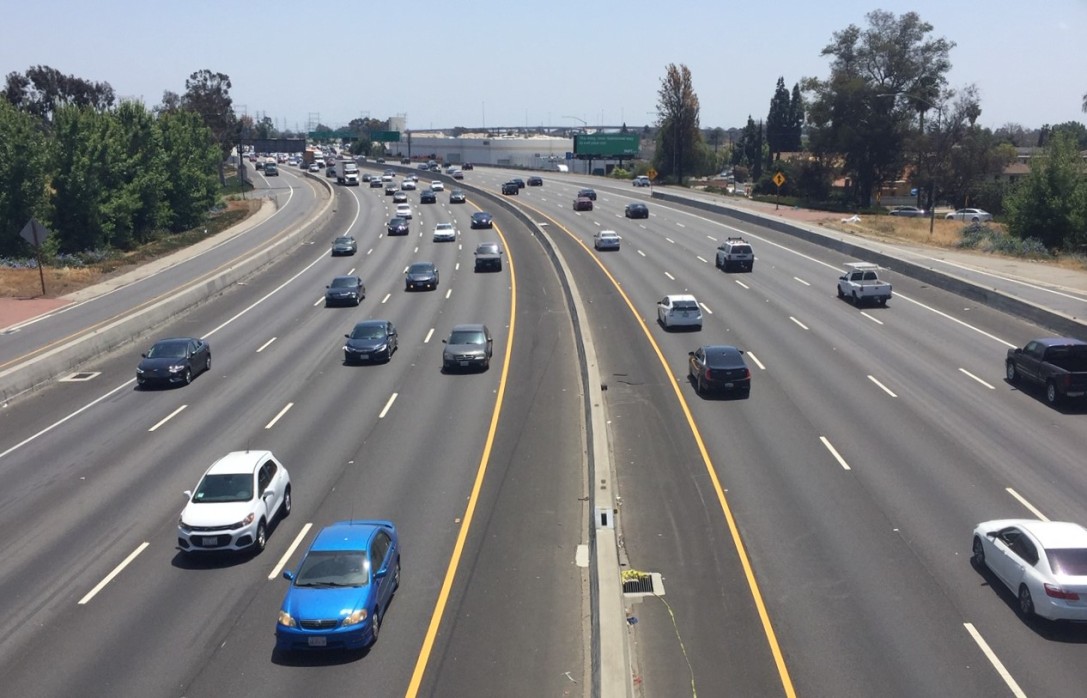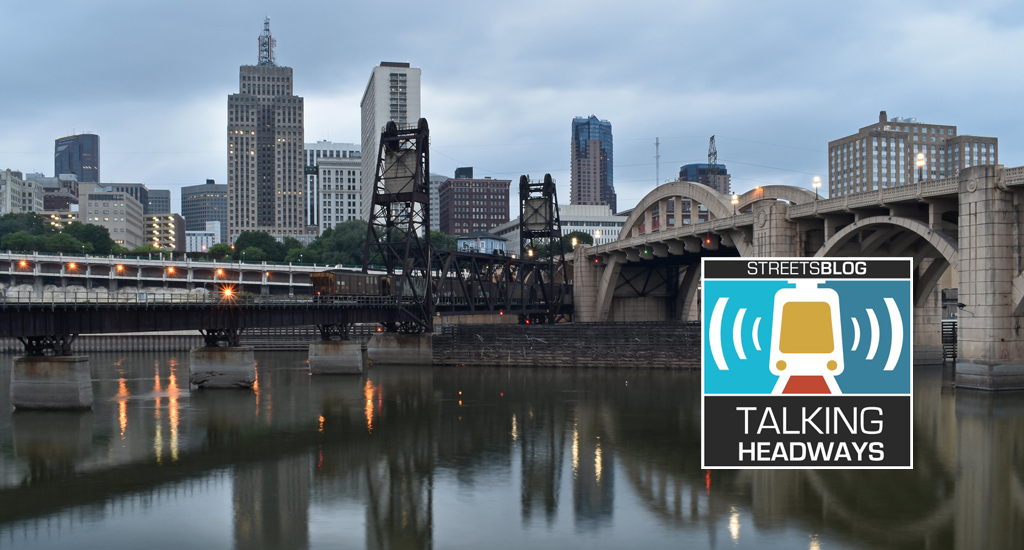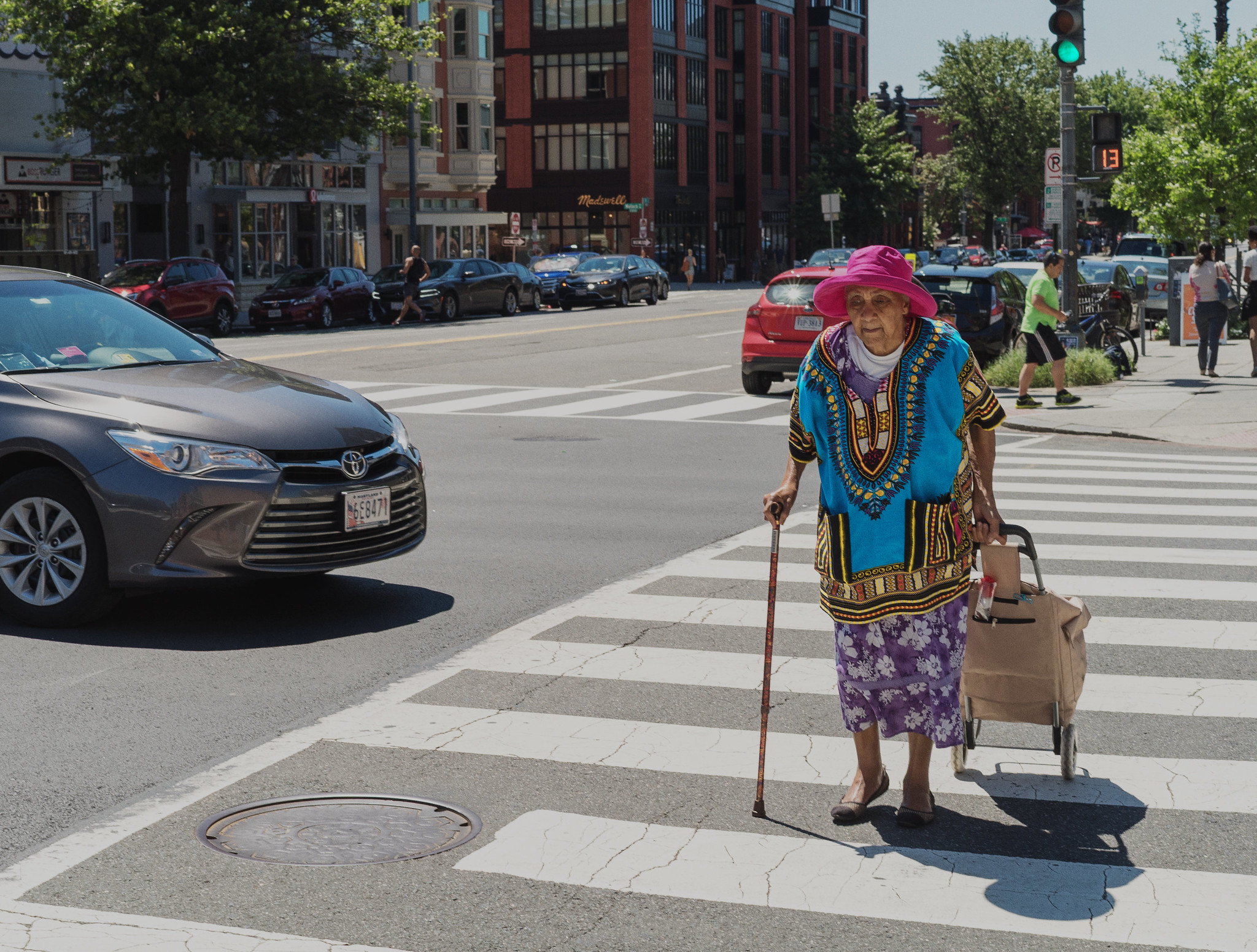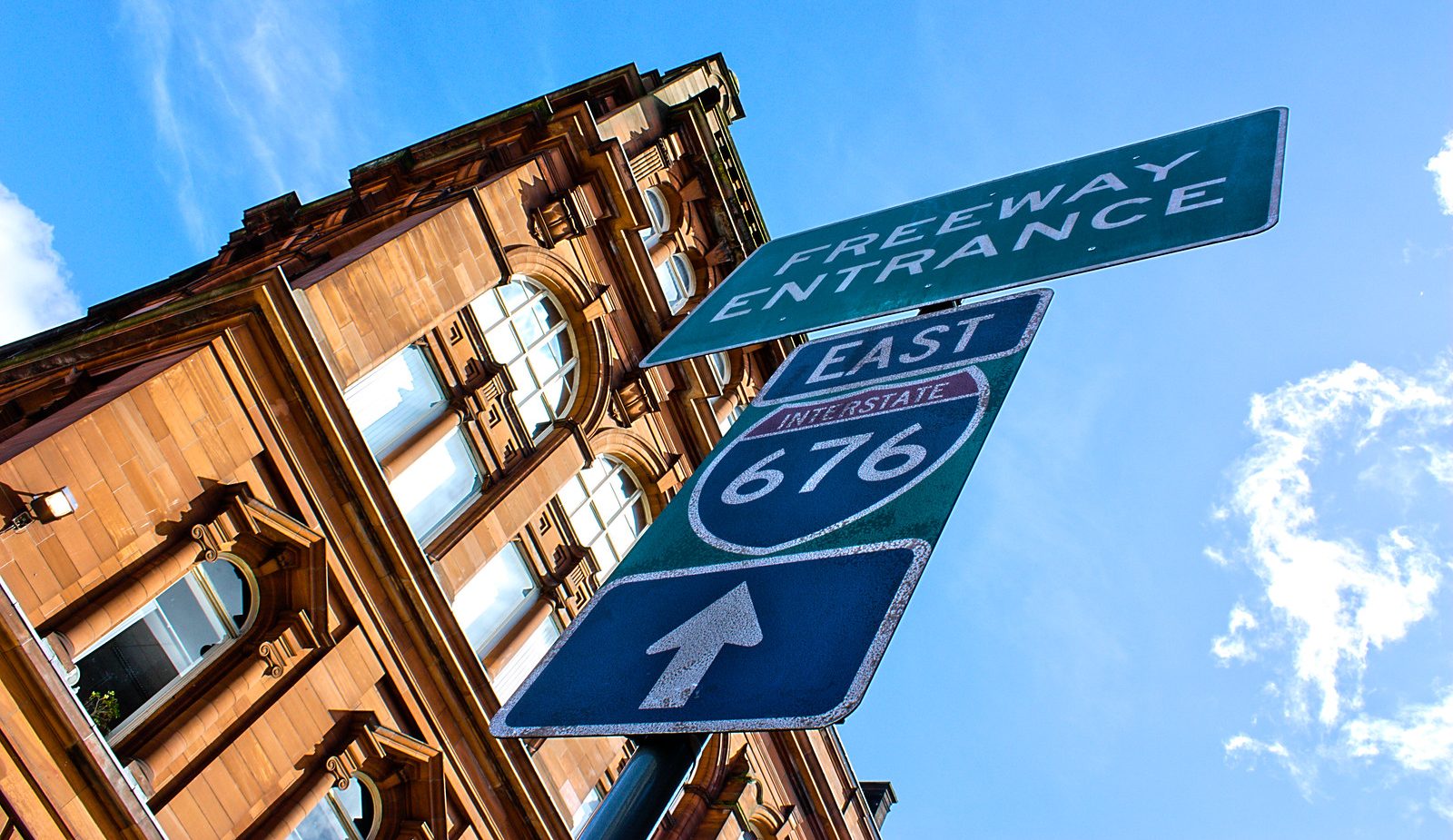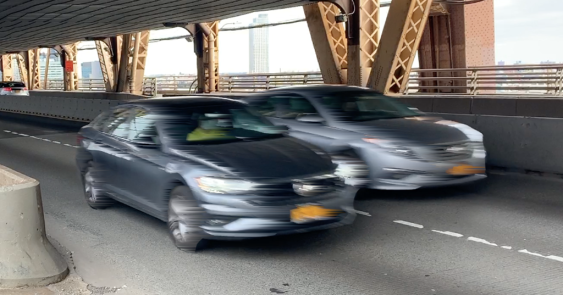The Transportation Enhancements program, which requires states to set aside 10 percent of their federal transport money for new bicycle and pedestrian facilities, among other projects, turns 19 years old this year. But you'd almost never know it after reading Saturday's Fort Worth Star-Telegram, in which the paper tallies -- with no shortage of alarm -- the federal money not being spent on new roads.
The Star-Telegram story, which soon got snapped up by the Associated Press, begins by challenging Dallas' Woodall Rogers Deck Park, a groundbreaking effort to cap the city's Woodall Rogers Freeway and create a 5.2-acre green space for the public. The park, aimed at creating a walkable link between Dallas' local districts, received $16.7 million in stimulus funding from the Obama administration.
From the Star-Telegram:
The Woodall Rodgers project is a glaring example of how, at atime when many Texans distrust their transportation leaders, hugechunks of federal and state money are being spent on projects that havelittle or nothing to do with directly improving traffic.
"Texansshould be outraged by it, especially when they’re being asked tosupport tax increases for transportation," said Justin Keener, vicepresident for policy and communications at the Texas Public PolicyFoundation, a nonpartisan research institute in Austin.
The Star-Telegram reviewed 515 state projects awarded fundsunder the federal transportation enhancement program during the past 18years and found projects large and small that had little to do withmobility.
As it happens, the "nonpartisan" Texas Public Policy Foundation makes no bones about its political alignment on its website, which outlines a mission of "limited government" and offers a litany of pro-industry critiques of the Democratic health care bills.
The group's leadership is stocked with veteran advisers to Republican Gov. Rick Perry (TX), and chairman of the board Wendy Lee Gramm is a former Enron lobbyist who aided her husband Phil Gramm, a former Texas GOP senator, in his late-1990s push to de-regulate Wall Street.
Yet aside from Gramm's group, the Star-Telegram story includes no sources criticizing Texas transportation enhancements, which have received $997 million since the program began in 1991.
One of the five members of Texas' transport commission told the newspaper that "we didn't ask for" the federal requirement, and reporter Gordon Dickson notes that some federal enhancements funding may be misdirected thanks to state legislators' eagerness to earmark the money for local pet projects.
But on the whole, the newspaper's criticism of quality-of-life improvements appears out of left field -- until the second half of the piece, when its preferred alternative becomes clear:
It’s difficult to say how much $997 million [over 18 years] would buy if it could be used on highway lane construction instead of enhancements. ... The $997 million would be enough to build eight miles of SouthwestParkway from Interstate 30 to Dirks Road — and make it a freewayinstead of a toll road as planned.
Ah, the mournful pull of highway lanes not built -- especially in a Texas road system that ranked No. 1 in size but No. 17 in efficiency, according to the pro-free-markets Reason Foundation.
For a more balanced local take on the issue, check out Dallas Morning News reporter Michael Lindenberger's response to the Star-Telegram.

